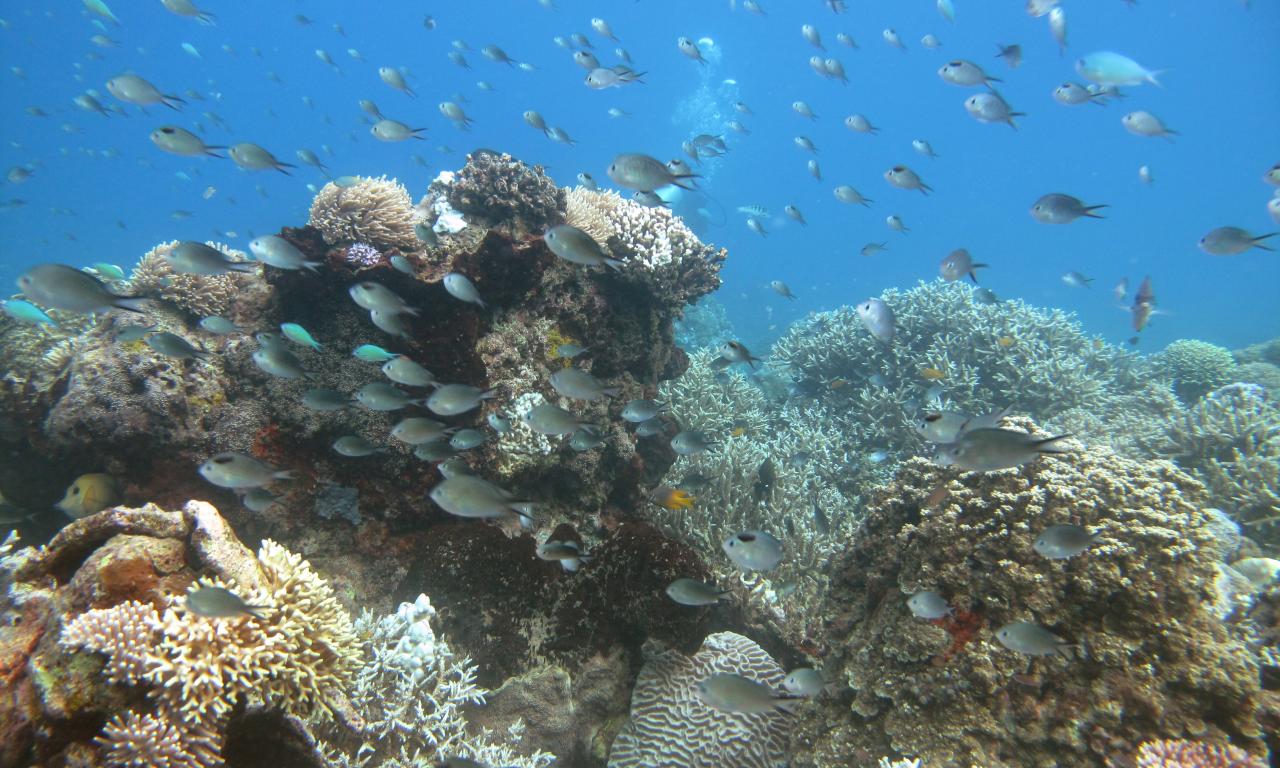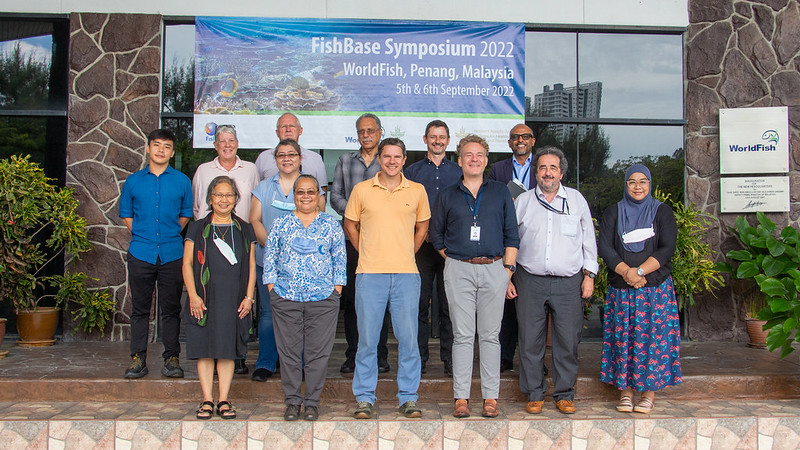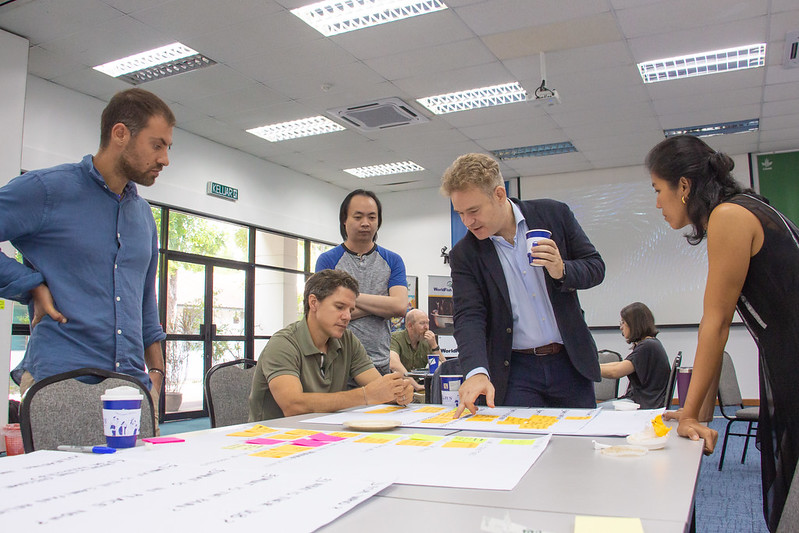
- FishBase, launched in 1990, is the web's largest and most widely used online database of adult finfish.
- The annual cost of keeping FishBase online and the information updated is approximately $350,000 – entirely derived through arduous fundraising and insufficient to modernize the website.
- Blockchain, cryptography and non-fungible tokens (NFTs) could be the means for FishBase to be sustainably financed by the global community that derives benefit from the research it underpins and is driven by the community of scientists and enthusiasts who generate and curate the data.
There’s a website that’s a bit like a time machine – old-school text, no dynamic features and no links to social media feeds. It didn’t even work on a mobile phone until very recently.
The no-frills interface is like a flashback to an earlier, more innocent era of the internet.
But this unassuming website is the gateway to one of the most-cited resources in the last two centuries of modern science – a database on fish.
FishBase was launched in 1990 as a free-to-use, publicly accessible, global database of fish. Specifically, it contains information on the distribution, habitats, biometrics and taxonomy of fish species used by humans. For enthusiasts, it was a veritable fish pie of marine data. Before long, a community of online users emerged – museum curators, hobby fishers and its primary target audience, scientists.
FishBase was useful because it contained information that no other database had. It set out to document 200 species of fish but proved so popular it spawned SeaLifeBase, a separate database covering forms of marine life beyond fish. Today, FishBase has an astonishing 700,000 unique monthly users and its application has been broad, from the study of fisheries management to marine ecology and conservation, parasitology and beyond.
Operating entirely on increasingly arduous fundraising

The unassuming FishBase website is run by a non-profit team in the Philippines, while the FishBase initiative itself is led by a consortium of 12 organizations, including WorldFish, the Food and Agriculture Organization of the United Nations (FAO) and the University of British Columbia, among other leading universities and museums.
The annual cost of keeping FishBase online and the information updated is approximately $350,000. Each year, the consortium goes around “cap in hand”, asking for donations to keep it running, according to Alex Tilley, the consortium chair for 2021/2022. However, the amount is insufficient to modernize the website and fundraising is challenging.
“On the one hand, we have this incredibly powerful resource that contains decades-worth of data that has proven useful beyond environmental and ichthyology disciplines to medical, social and economic sciences, while on the other no one wants to support it financially, putting it in mortal jeopardy. That needs to change and quickly,” said Tilley, also a senior scientist at WorldFish.
Tilley has been looking at ways to modernize FishBase and haul it into the 21st century. His recent work on big data approaches to fisheries in Timor-Leste put him in good stead – it saw WorldFish develop a first-of-its-kind digital monitoring system for small-scale fisheries, that has since been adopted and paid for by the Timorese government. FishBase was an important part of this work, providing the species data to allow for catch calculations and nutrient compositions that will guide policymaking going forward.
Incorporating additional layers of information

Gap-filling, however, is critical for FishBase too. For example, data on some fisheries or countries is incomplete or completely absent from the database. Under the CGIAR Research Initiative on Resilient Aquatic Food Systems for Healthy People and Planet, Tilley is leading efforts to identify and plug some of these gaps, with work already underway in 11 priority countries, including India, Bangladesh and Ghana.
Tilley also sees enormous potential in combining FishBase data with other variables of interest in agricultural research-for-development and sustainable food systems, such as gender dynamics, value chains and nutrition security. The database took further steps towards a systems approach in 2021 when it incorporated information on the nutrient composition of different finfish, enabling users to see and predict the contribution of different fisheries to diets.
“These added layers of information bring significant extra value to the data, showing how aquatic food systems interact with some of the major drivers of human health and rural poverty. This means we can better show policymakers the options for more sustainable and equitable food production and distribution,” added Tilley.
Bringing FishBase into the modern era

However, in order to fully bring FishBase into the modern era, Tilley has been looking to the world of Web 3.0. This new and decentralized “era” of the internet uses blockchain, cryptography and non-fungible tokens (NFTs) to oil the wheels of a World Wide Web driven and owned by communities of users. What this could mean for FishBase is a database that is sustainably financed by the global community that derives benefit from the research it underpins and is driven by the community of scientists and enthusiasts who generate and curate the data.
With 30 years’ worth of data, there is now considerable potential to mine FishBase to show how fisheries have changed over time – documenting not only the changes in particular species traits and distributions as a result of environmental change but also looking at broader interactions with social and political dynamics that have affected food systems over time and space.
“FishBase represents an enormous body of knowledge. We’re only really scratching the surface in terms of how we use it and what might be possible,” said Tilley.
